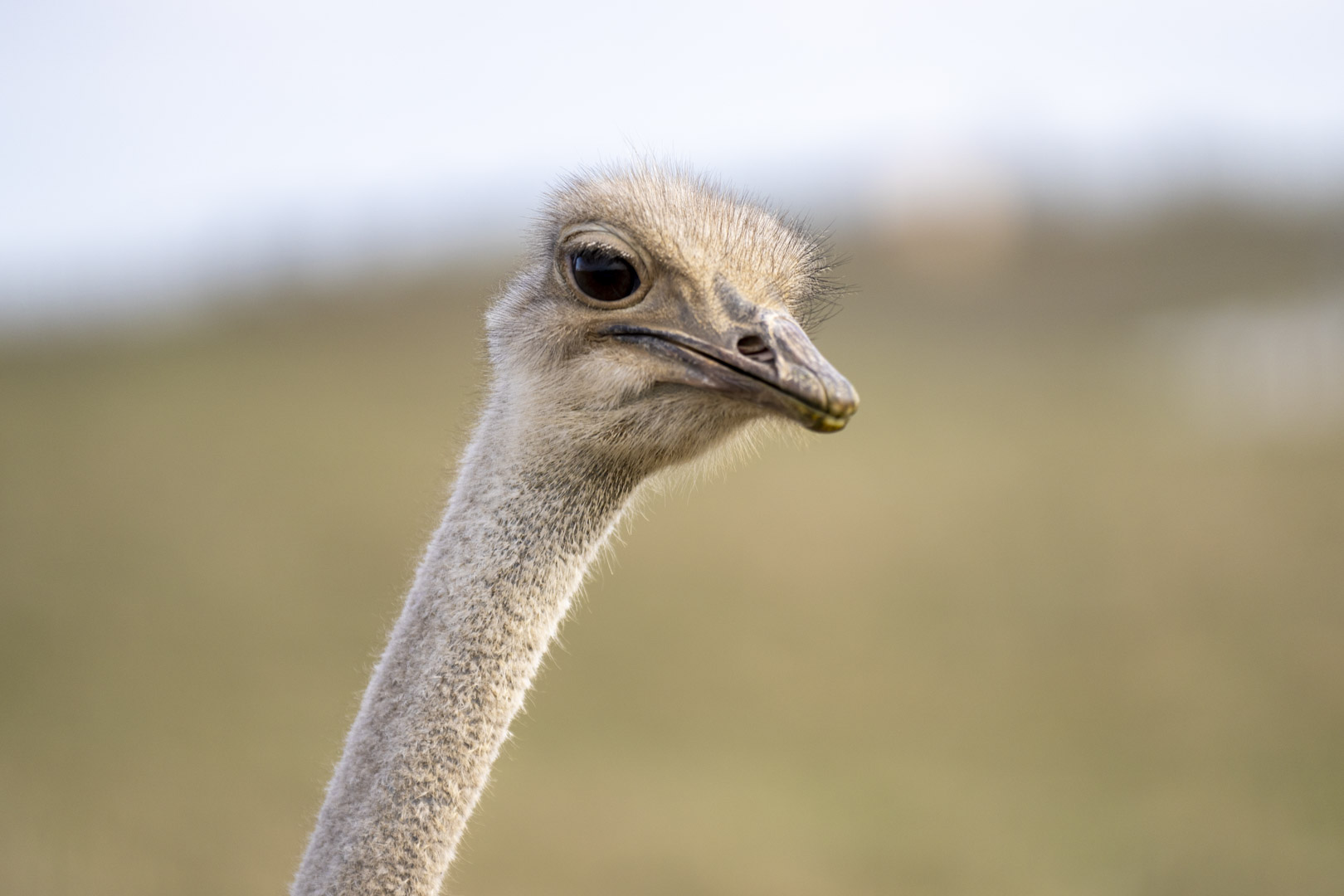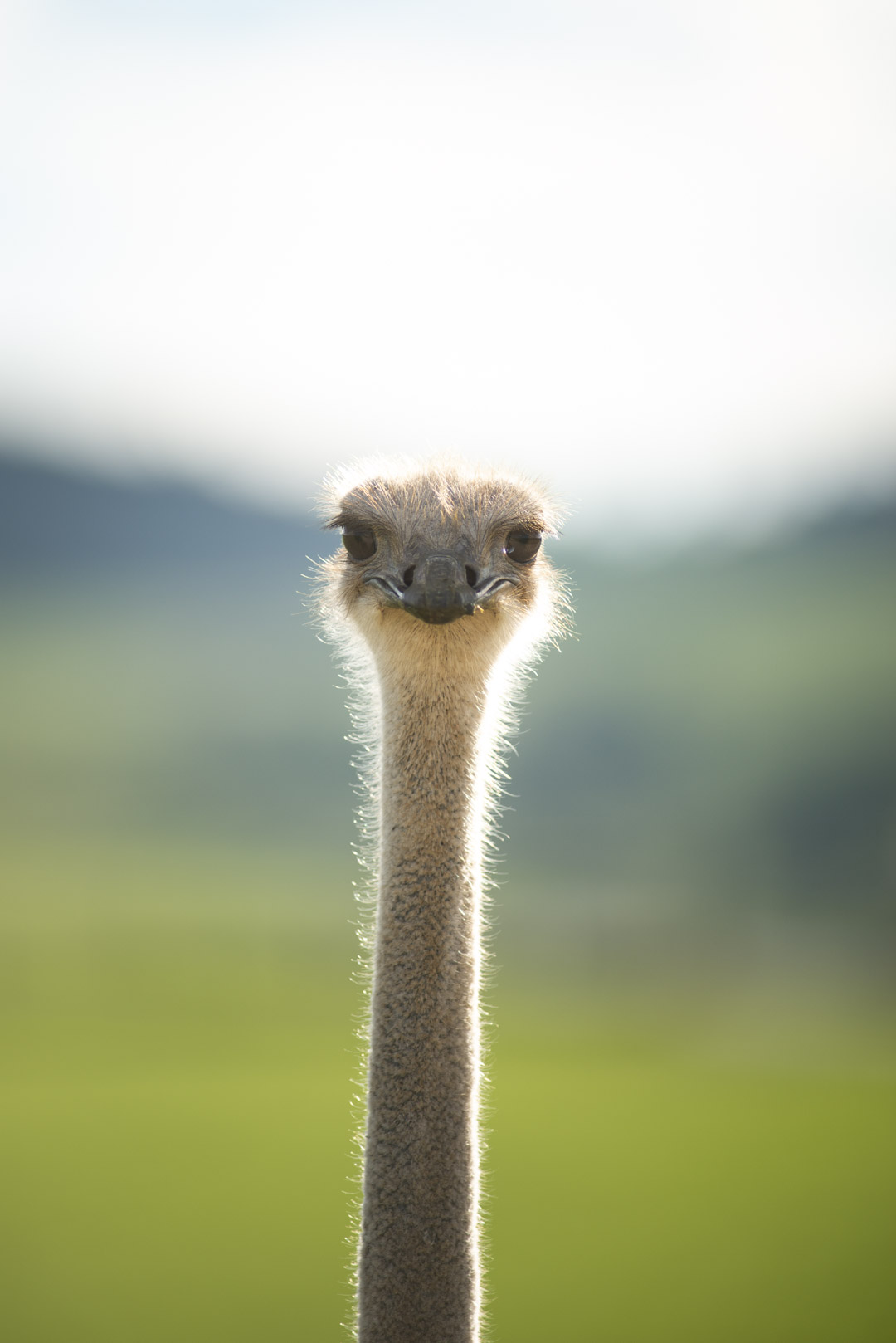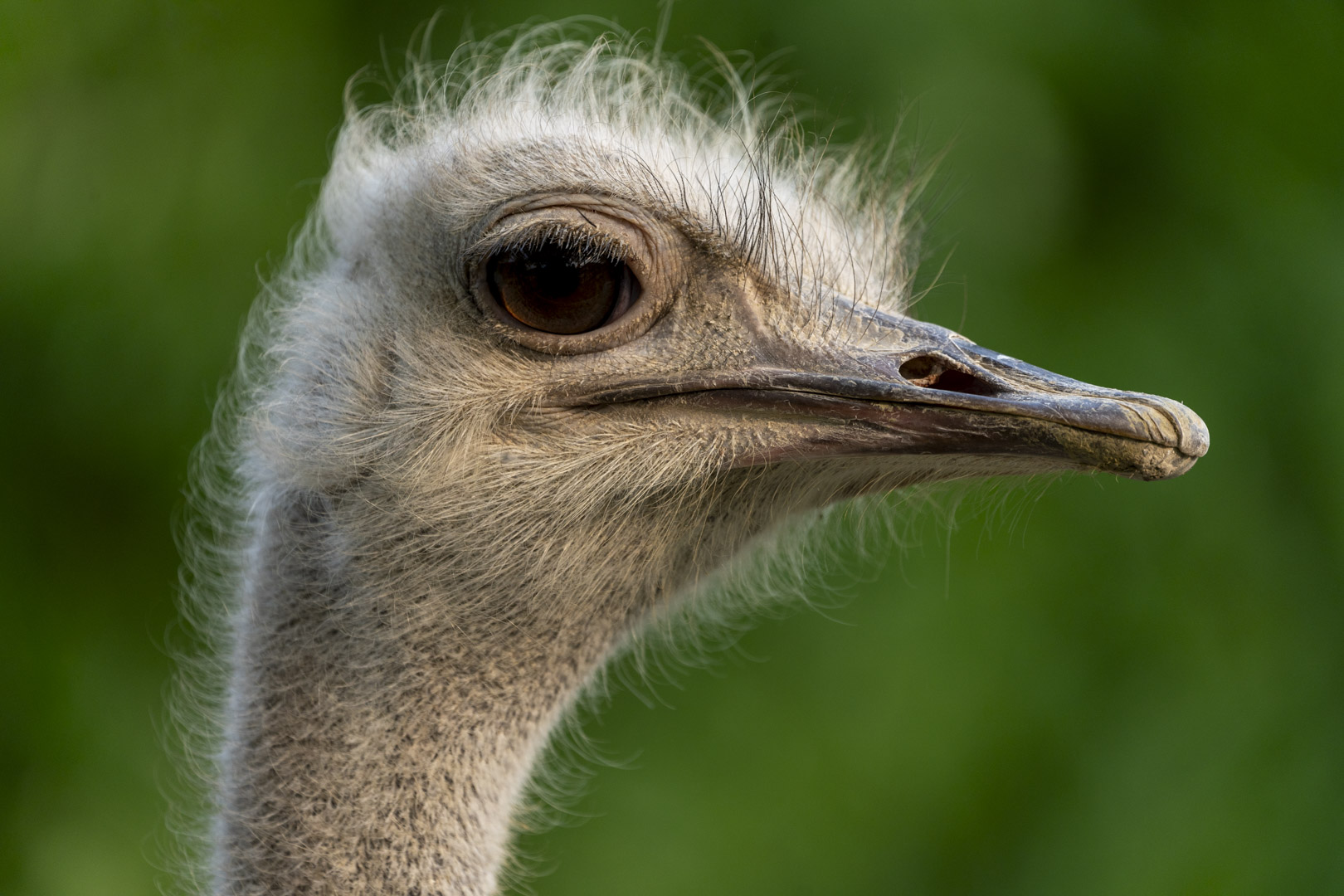Picture This: You’re bundled up in your coziest coat, stepping into the Heart of Africa at the Columbus Zoo, expecting to see snow-dusted landscapes and a quiet region normally reserved for heat-loving animals, now tucked away from the cold. But then—surprise!—you spot a group of towering ostriches, strutting confidently through their habitat as if it’s a breezy spring day.

Wait, aren’t ostriches from the hot African savanna?
Yes! But these birds are a lot tougher than you might think. Unlike some of their warm-weather neighbors, the Columbus Zoo’s ostriches have access to their outdoor habitat year-round, no matter the season. And here’s the cool part—they get to decide whether to be inside or outside. Turns out, these feathered giants don’t mind Ohio winters nearly as much as you’d expect!
So, Ostriches Like the Cold?
Despite their tropical origins, ostriches are adaptable birds. Their thick plumage provides natural insulation, helping them stay warm even when the temperature drops. Plus, they’re constantly on the move, which helps keep them comfortable.
The Care team looks at two factors each day:
- The “Feels Like” temperature, which needs to be over 32 degrees
- The condition of the ground. If the team can easily break up icy spots with a shovel, they will. If the ice cannot be removed, the team will exercise caution and keep them inside.
As long as the weather isn't extreme, ostriches can be an unexpected sight on a winter Zoo visit.
Tell Me More About Them.
- Ostriches, like many other ground-dwelling birds, do not have teeth. They swallow sand and pebbles into their gizzard to help grind down food in their stomachs.
- Up until the mid-1900s, common ostriches lived in many parts of Africa, the Anatolian Peninsula in Asia, and the Arabian Peninsula. However, their range has become much smaller over time. Now, they are mainly found in Africa south of the Sahara Desert and in some areas of East Africa. Most of these ostriches are found in game parks where they are protected.
- Predators of ostriches include animals like lions, cheetahs, leopards, wild dogs, and hyenas.
- Ostriches can go several days without drinking water because they get moisture from their food. This allows them to thrive in dry environments. However, if they happen to find a watering hole, they’ll drink or take a bath to stay refreshed.
- These birds are generally diurnal, which means they are awake during the day. They tend to be most active in the early morning and late evening.
Where to Find Them
If you’re visiting this season, make sure to swing by the Heart of Africa region—just past the donkeys at the entrance—to see if the ostriches are out and about. You might find them casually strolling, curiously watching guests, or giving their signature sassy side-eye to the winter chill.

A Winter Zoo Visit with a Twist
Many guests assume that winter means fewer animals to see at the Zoo, but the ostriches prove otherwise! A winter trip offers a unique chance to experience the Zoo in a whole new way—fewer crowds, active animals, and surprising encounters like these hardy, cold-weather-loving birds.
So next time you visit the Columbus Zoo on a chilly day, don’t be too shocked when an ostrich casually struts by. These birds are proof that adventure—and a little bit of attitude—can be found in every season!
Plan your visit today and see what other surprises the Columbus Zoo has in store this winter!
Hours and Rates Heart of Africa region










